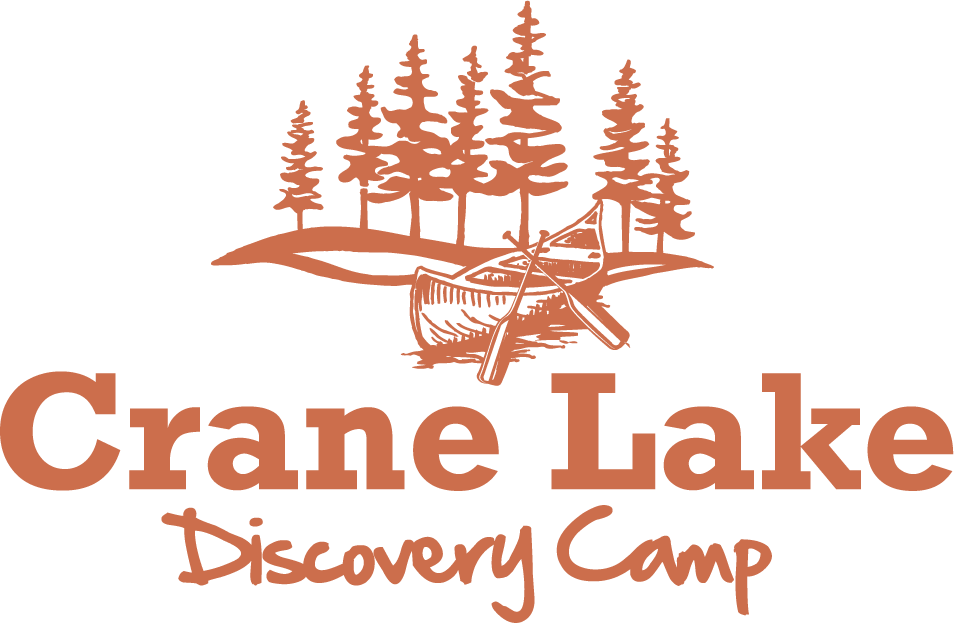Wilderness
Why do we use a wilderness setting for our program?
adventure and challenge
radical change in environment
limited distractions
simple, rustic living
natural consequences - cause and effect are closely related here
natural outlet for aggression
lots of physical activity improves mental and physical health
“Boys with a great deal of hostility often work through it with minimum interpersonal friction if the program provides alternate outlets for their interests and feelings. Over and above the fact that the environment can absorb more aggression than a more formal situation would permit, a vigorous, adventuresome, challenging program is a priceless asset. ”
The campsite
The boys and their counsellors live at the campsite. There are tent structures for sleeping, eating, cooking, tooth-brushing, a privy, and a tool shed. A series of trails runs between the shelters. There is no electricity at the campsite and clean water is brought in. They use lanterns at night and other rustic tools.
Each campsite is located about a 10-minute walk from the Chuckwagon (the dining hall) where the boys eat most of their meals. The trail meanders through the woods, past the beaver pond, and over several streams. The boys make that trek many times a day.
In the fall, tents are insulated and equipped with a wood stove.
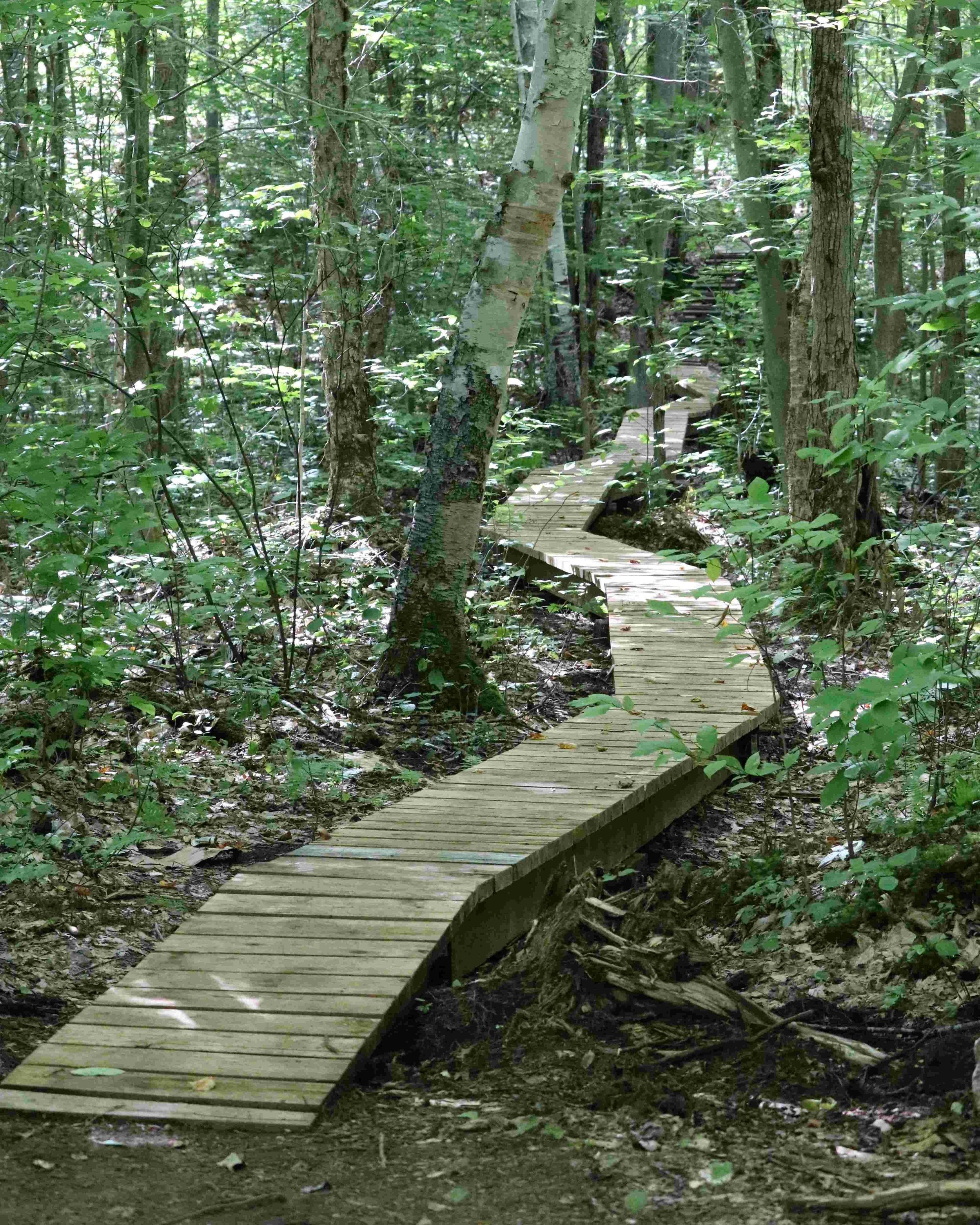


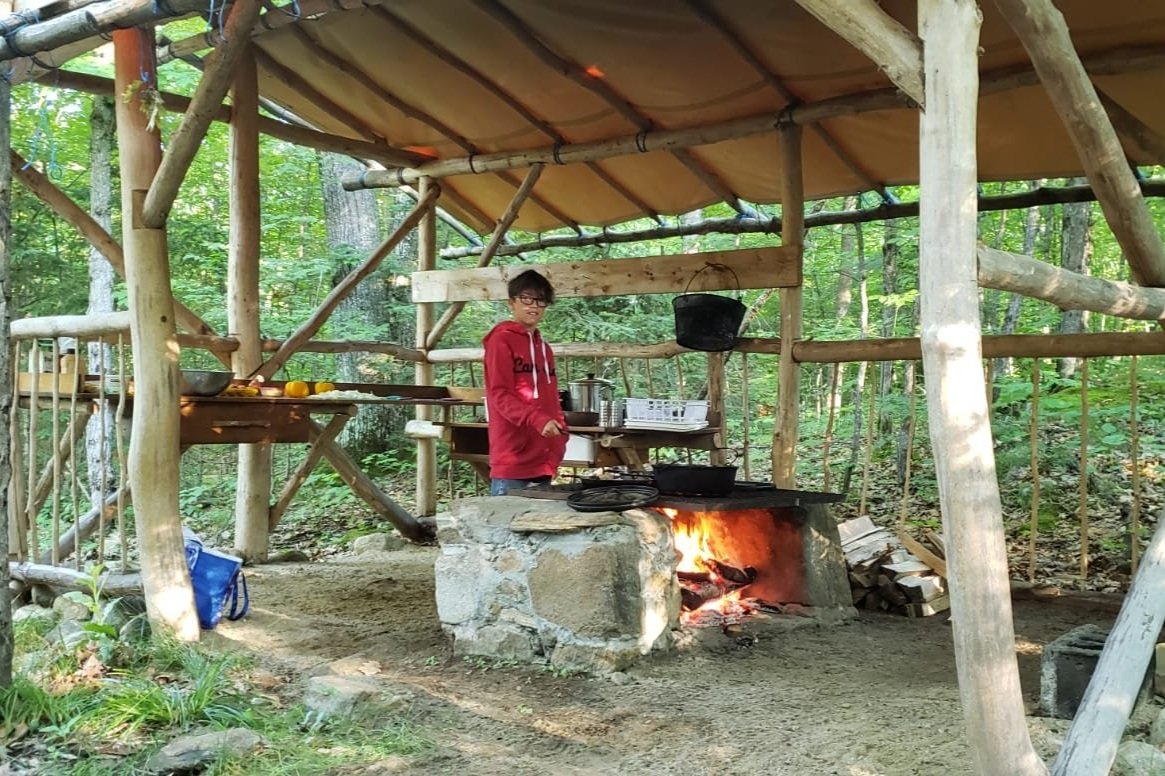
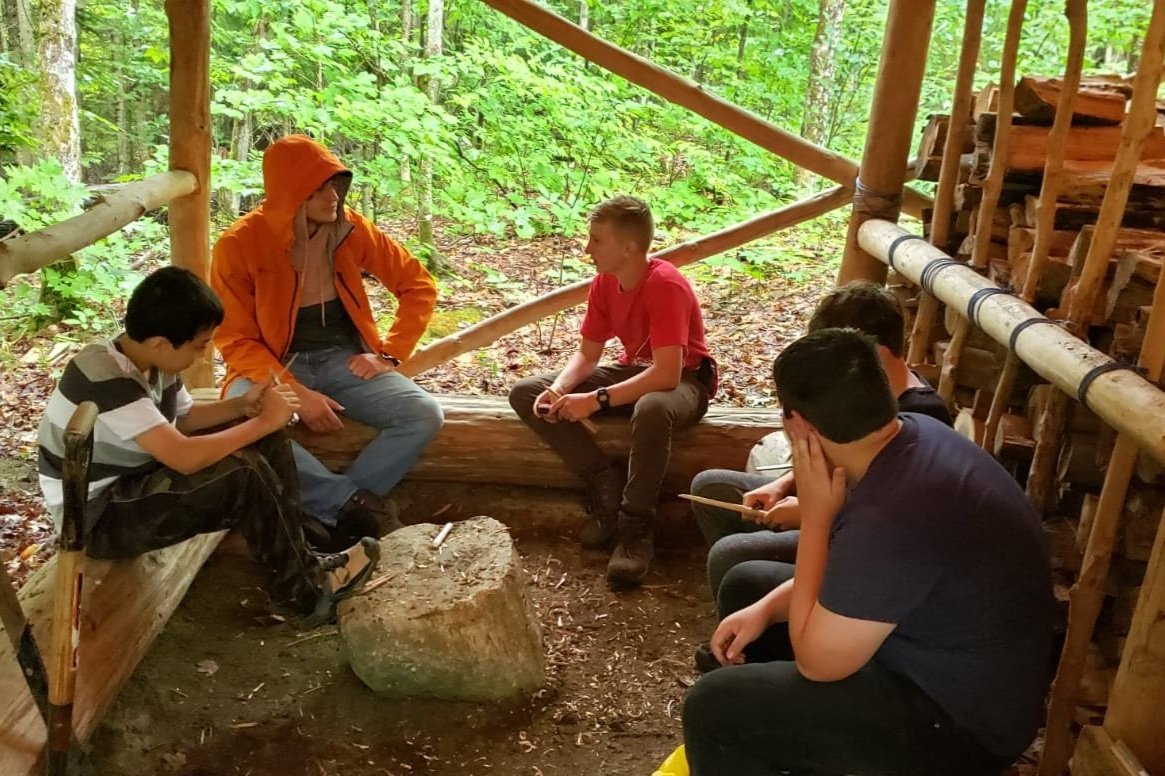
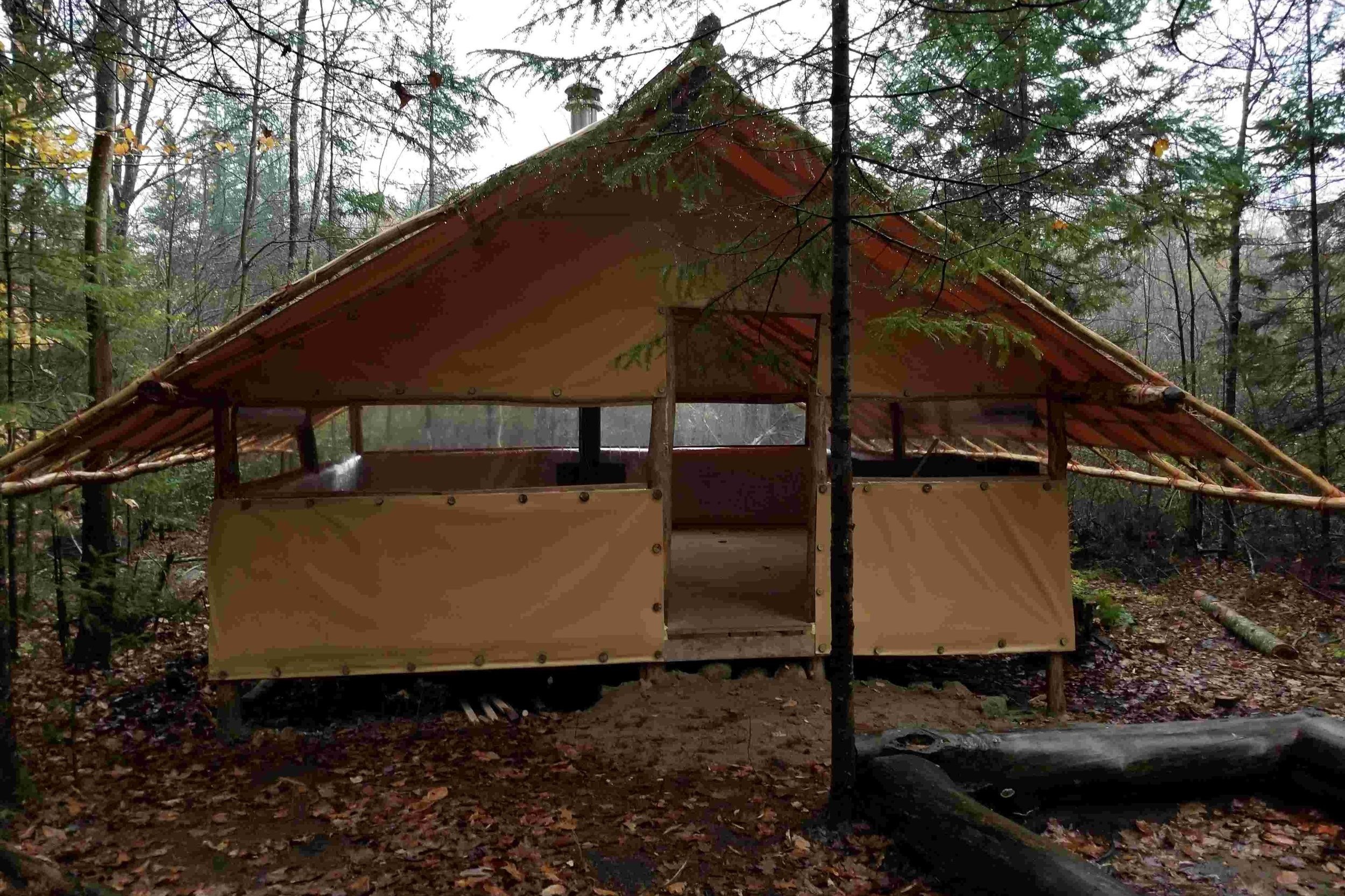
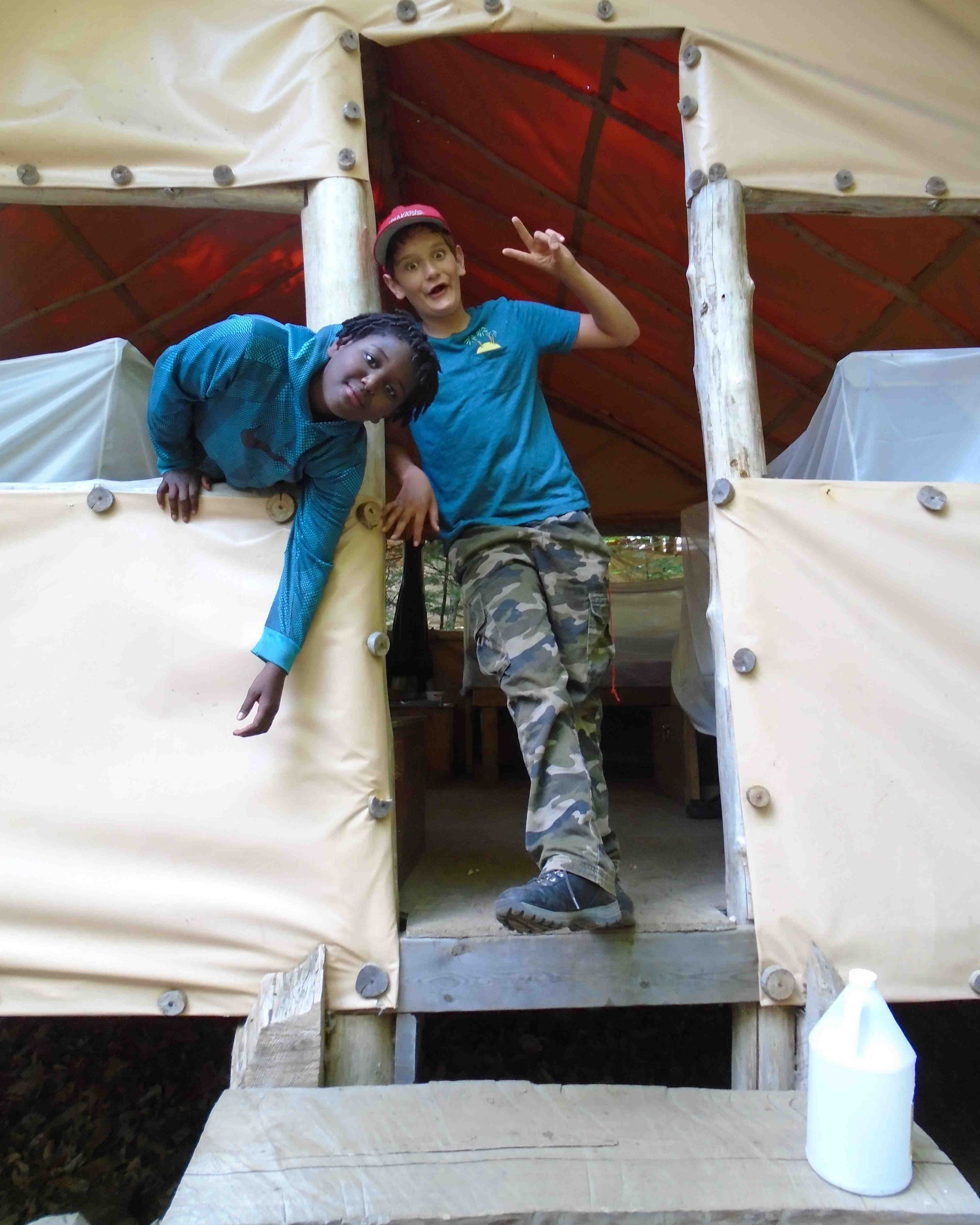
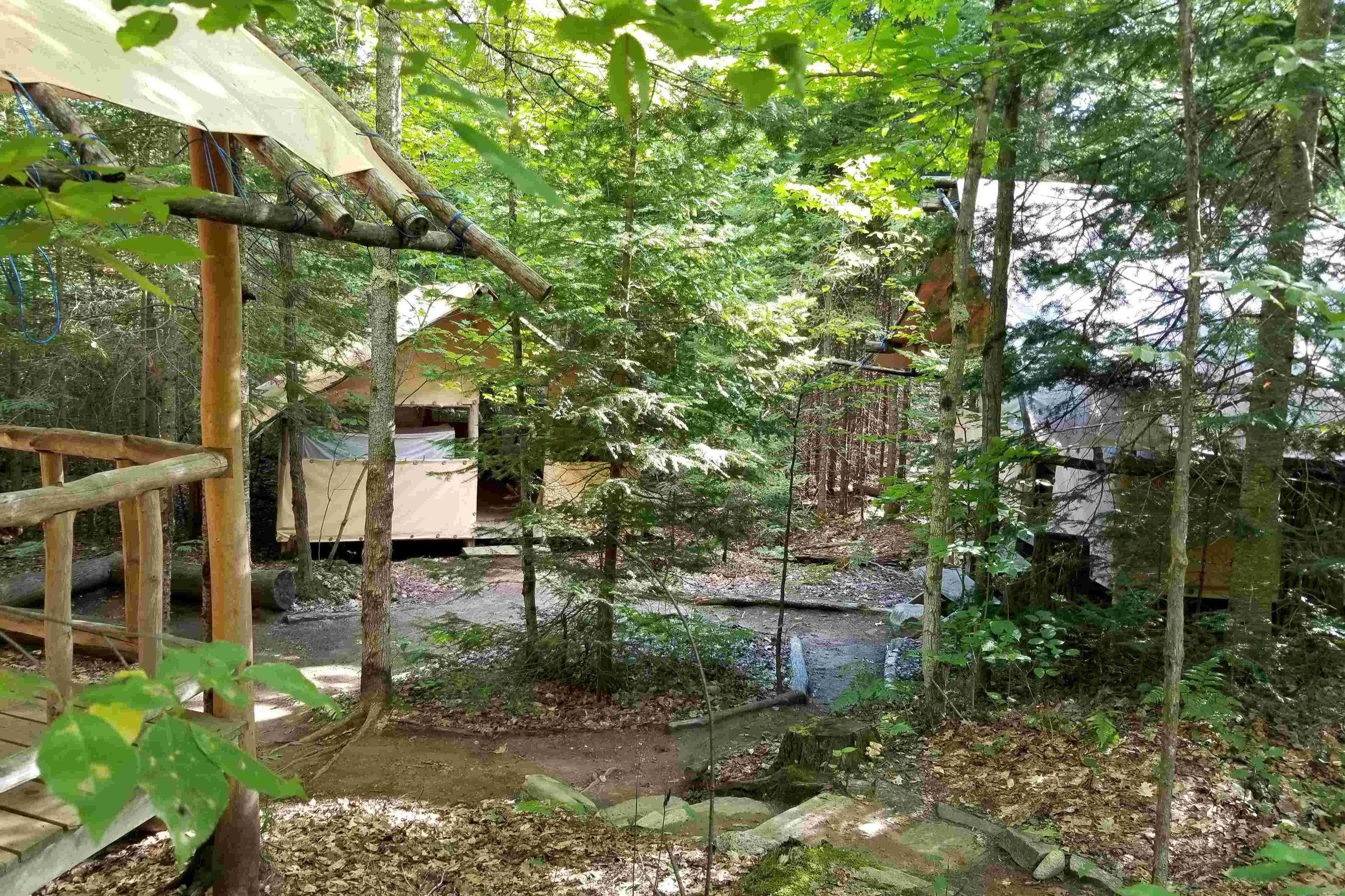

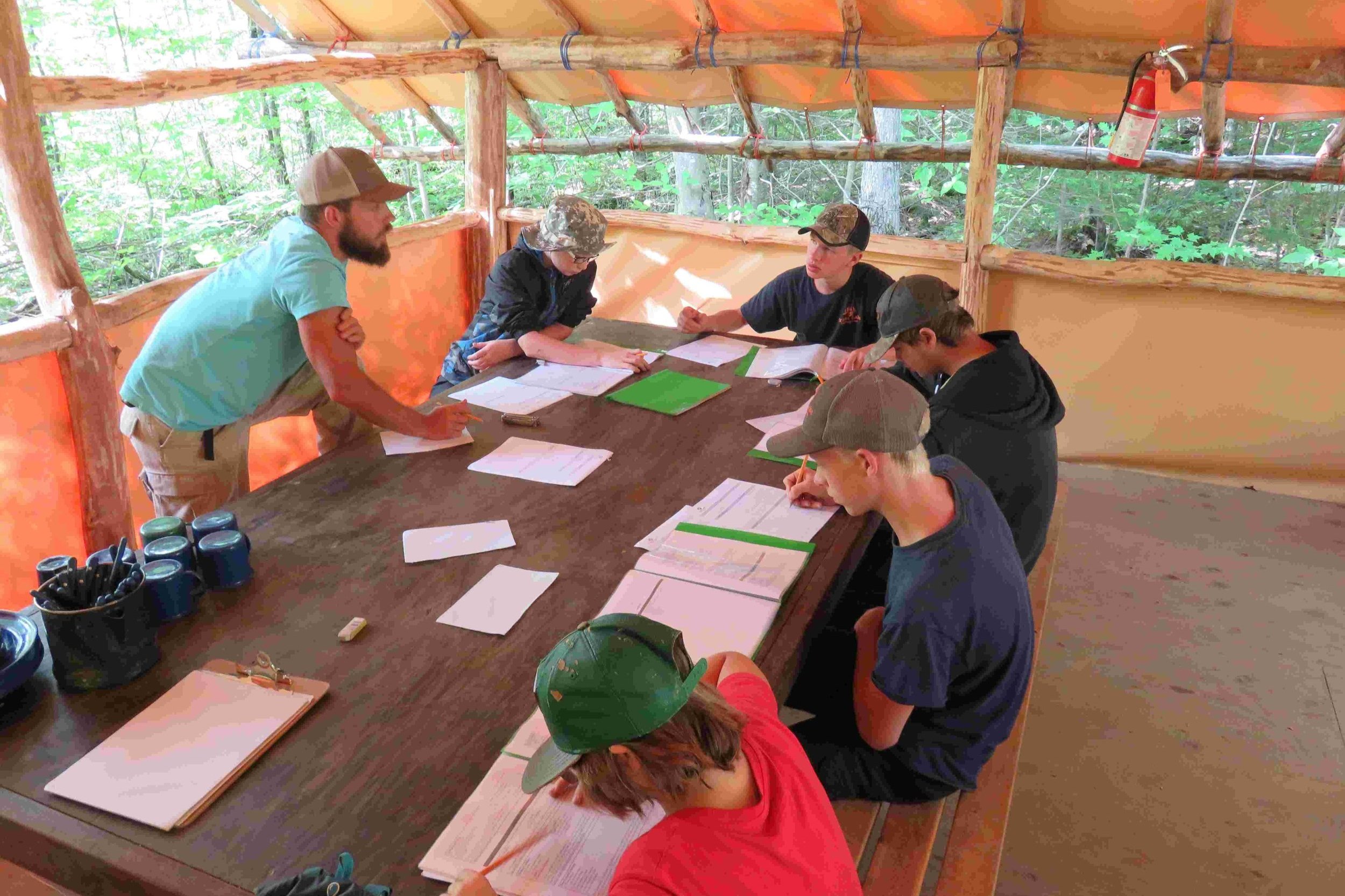
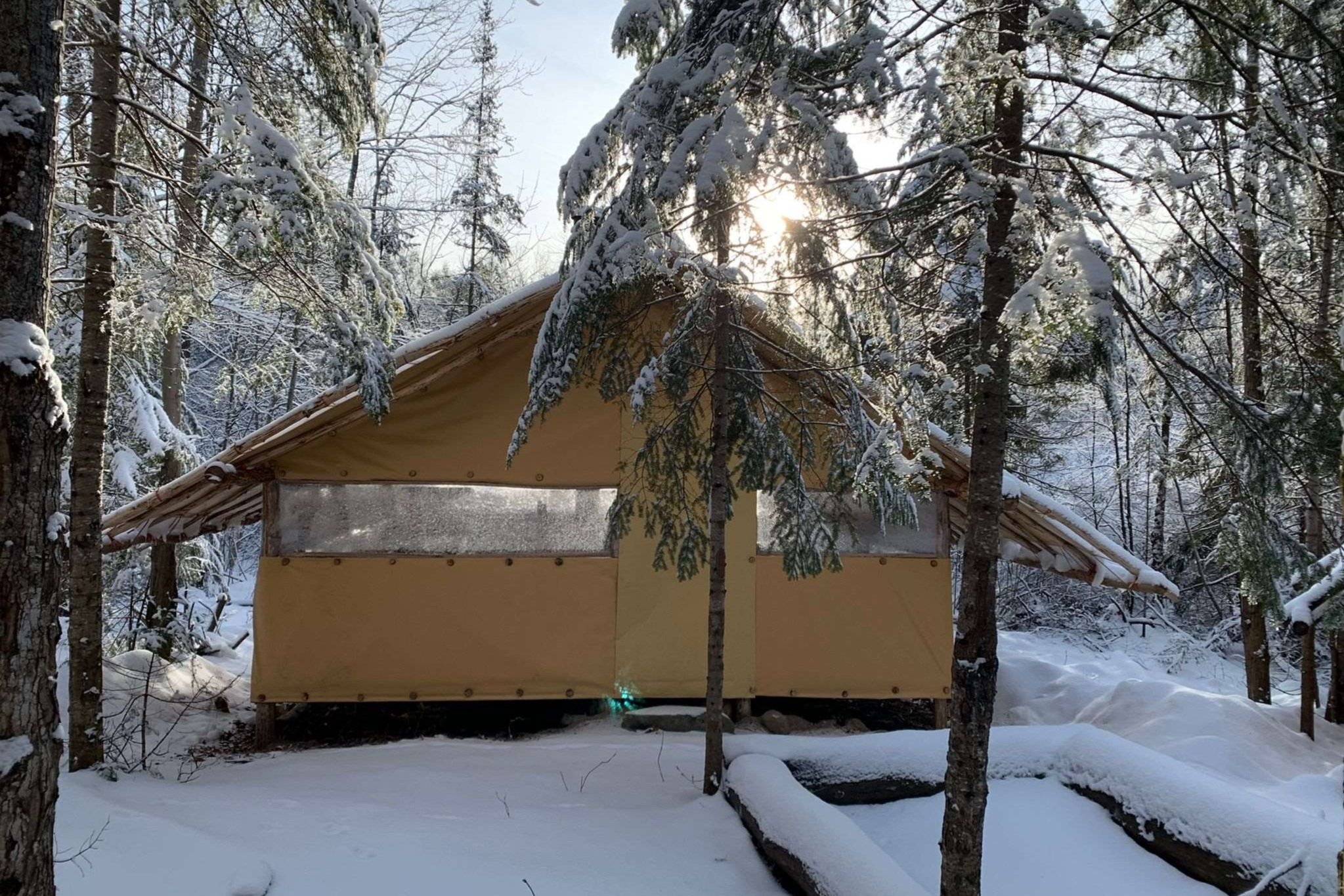
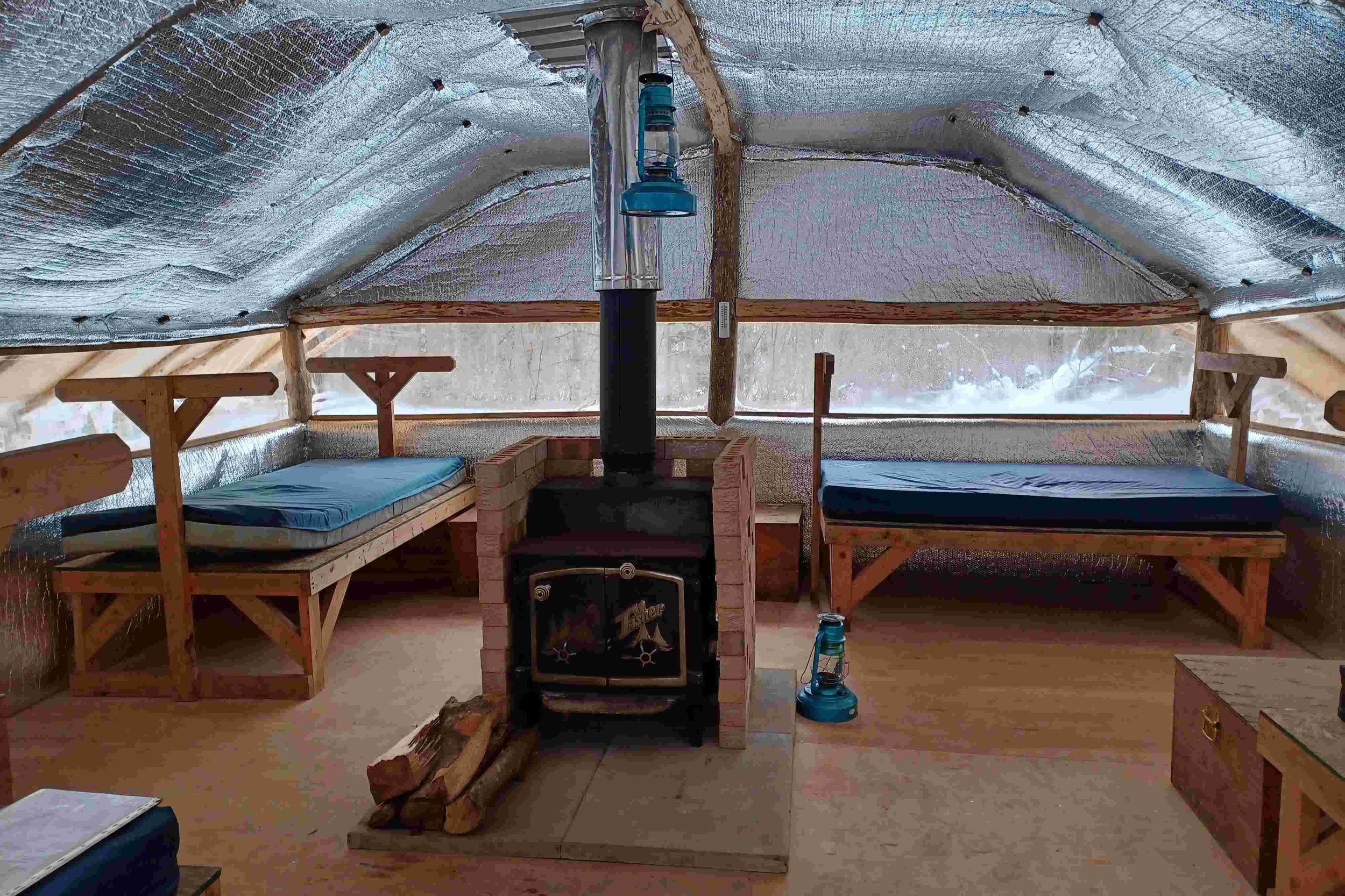
The property
Crane Lake Discovery Camp is situated on about 200 acres of land near MacTier, Ontario, in the Muskokas. Bordered on all sides by provincial park and crown land, trails meander between rocks and trees, over ponds and rivers on the Canadian Shield.
There is an abundance of wildlife, and there is always something new to explore and learn.
